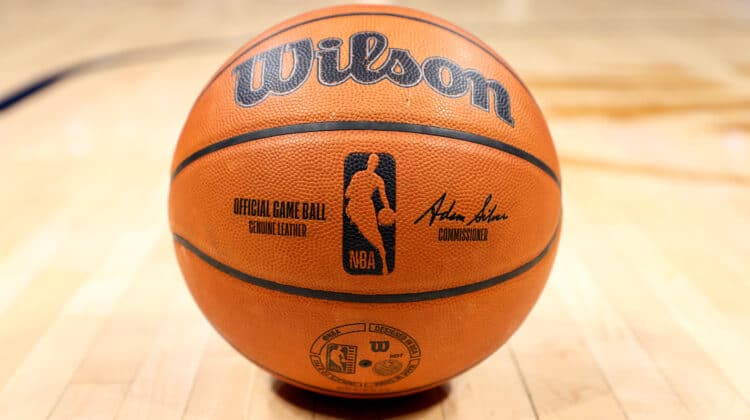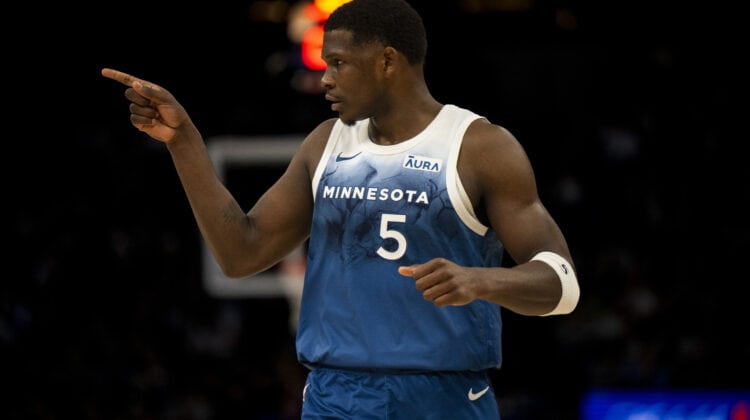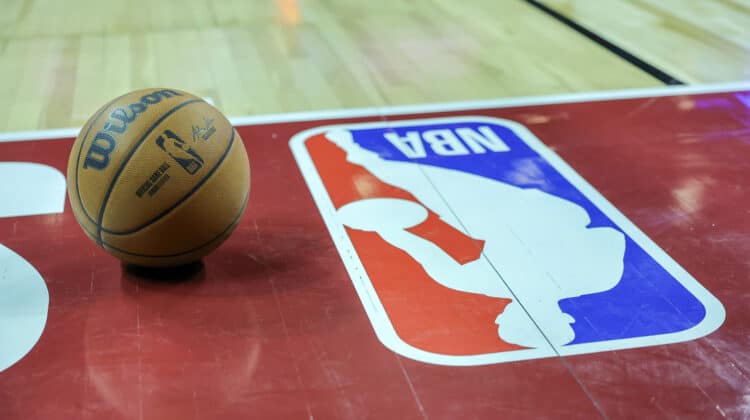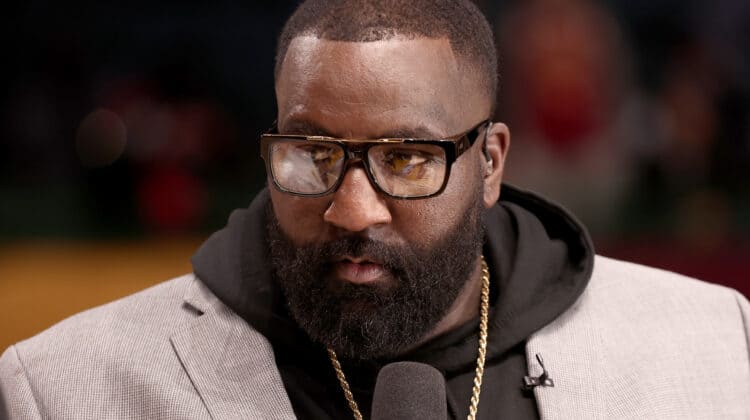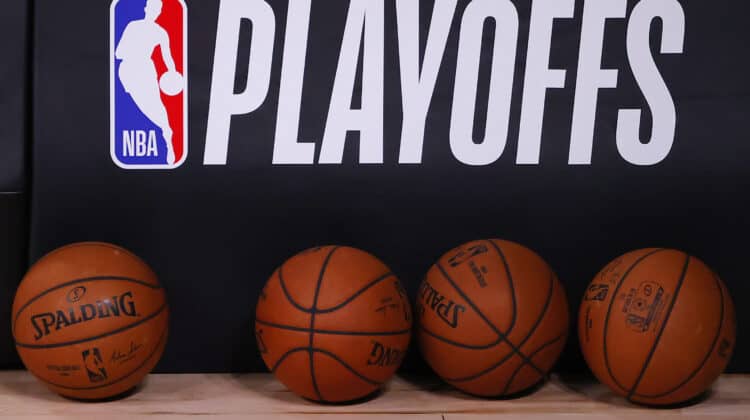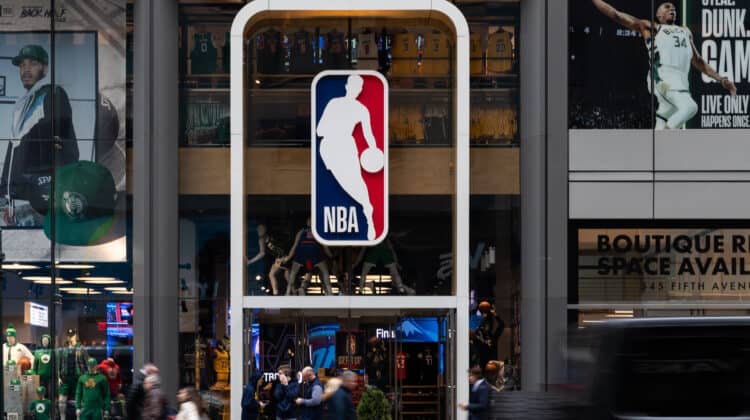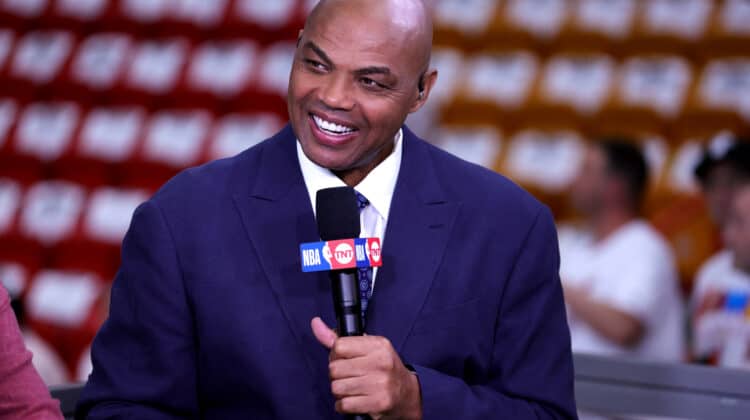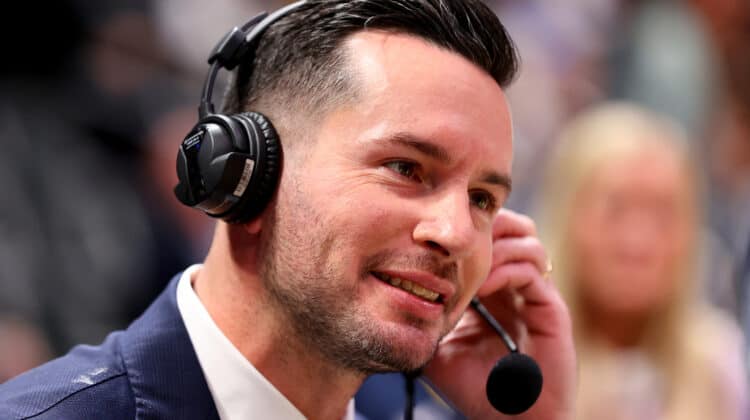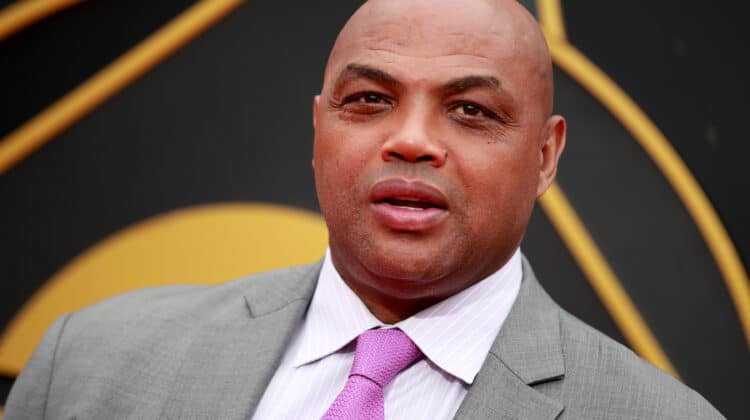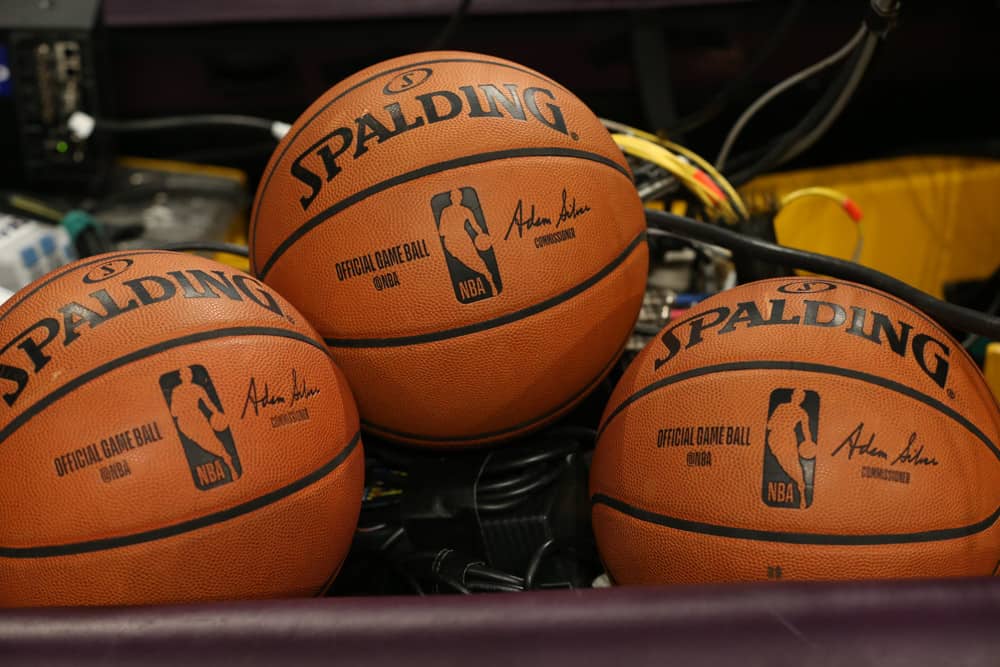
Back in 2005, then NBA commissioner David Stern implemented Article X to the Collective Bargaining Agreement (CBA).
Article X required all NBA draft prospects to be at least 19 years old and one year removed from high school graduation.
Essentially, it barred high school stars from jumping straight to the NBA.
The rule was meant to protect NBA General Managers from investing premium draft picks into high school players who were not yet ready for NBA fame.
Sources: NBA and NBPA in serious talks on new items for potential Collective Bargaining Agreement:
– Draft age eligibility from 19 to 18, return of high school-to-NBA
– Measure that allows players citing mental health similar to physical injuryMore: https://t.co/ecABKkat2H
— Shams Charania (@ShamsCharania) September 19, 2022
For every Kevin Garnett, Kobe Bryant, and LeBron James, there was a Kwame Brown, Leon Smith, or Korleone Young.
By forcing top high school prospects to go to college for at least one year, they would, in theory, be better prepared for life in the NBA.
However, that rule never really worked out well for anybody involved.
Current commissioner Adam Silver is taking a step in the right direction by eliminating the old rule in the next CBA.
This was first reported by Shams Charania of The Athletic.
Old Rule Hurt “Protected” Prospects
The very prospects that were supposed to be protected by the rule were often the ones most harmed by it.
Some top high school prospects would come from impoverished homes with little to no money.
And because the NCAA did not allow athletes to profit off their name, image, or likeness, these prospect’s families would need to suffer for another year before they could sign their contract.
Furthermore, those that did end up getting drafted would occasionally be drafted lower than where they could have gone a year earlier.
Nerlens Noel's NBA Draft slide will cost him $10 million http://t.co/nHd6vMv7L9
— Forbes (@Forbes) June 28, 2013
Injuries or a down year could cost certain prospects millions due to their draft position.
There are certainly cases of top high school prospects failing in the NBA.
But there are just as many high school prospects who succeeded.
And the same can be said for those coming out of college.
NBA General Managers drafted success stories and flameouts at the same rate before and after Article X.
The good and bad picks just happened to be one year older.
NBA and Prospects Have Access to More Information Now
The other change from 2005 to the present day is the quantity of information available.
Top high school prospects were scouted back in the day, but not to the level they are now.
NBA franchises have scouting reports on players as young as 14 – a full five years before they are draft eligible.
Teams will have tape on everything a prospect can do well and what they will need to work on.
On the other side of the coin, prospects will be better prepared for the NBA lifestyle.
With the rise in popularity of basketball and the growing influence of social media, most prospects are introduced to a life of fame well before entering the NBA.
Cops called to contain crowd for LaMelo Ball-Zion Williamson AAU game. https://t.co/kfZrV2Nhod pic.twitter.com/4M6xq1nQwb
— theScore (@theScore) July 27, 2017
Take Zion Williamson or LaMelo Ball for example – both players had over a million followers on social media before reaching college.
High School basketball and AAU games draw massive crowds if top prospects are involved.
Both front offices and prospects are better equipped today to deal with the draft process.
Allowing top high school prospects to jump straight to the NBA is the right move going forward.
NEXT: Bulls Announce Lonzo Ball Injury Update





